Book Post 36: 21 April – 19 May 2019 / Childlit and Yalit list
Book Post 36 focuses on childlit and yalit.
20 May 2019
Book Post 36 focuses on childlit and yalit.
20 May 2019
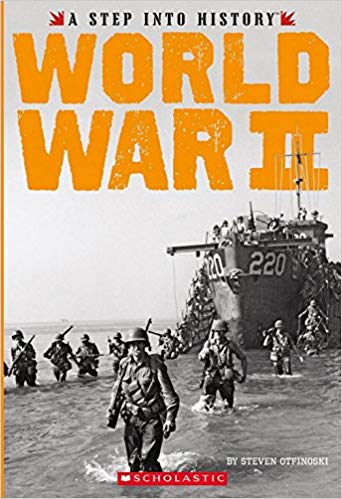
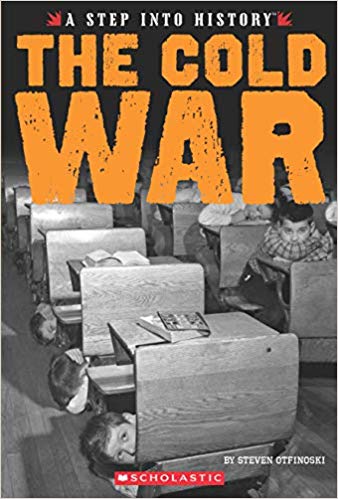
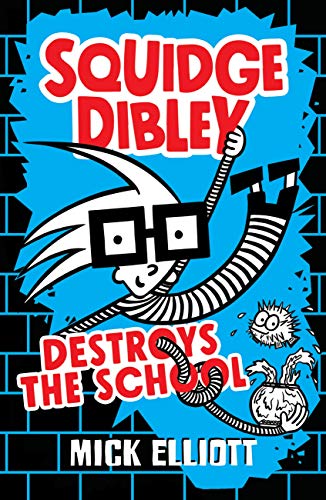
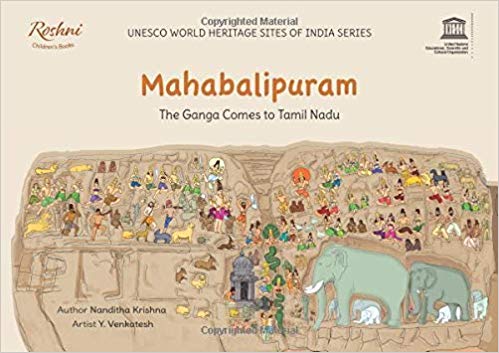

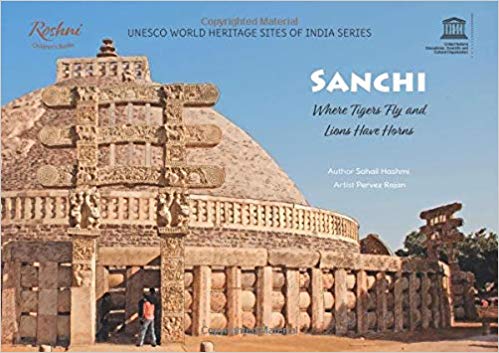
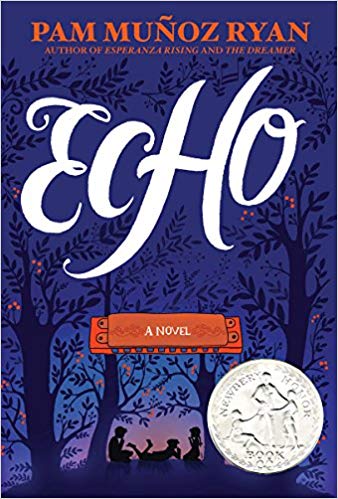
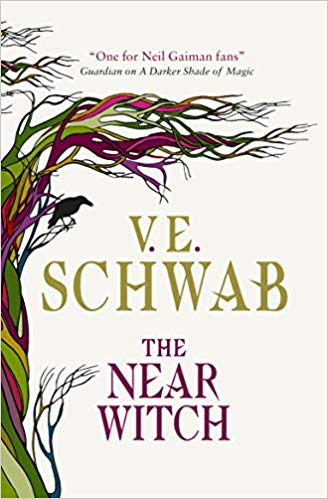
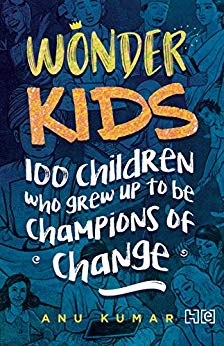
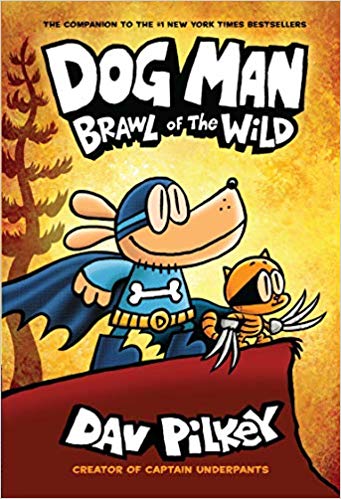
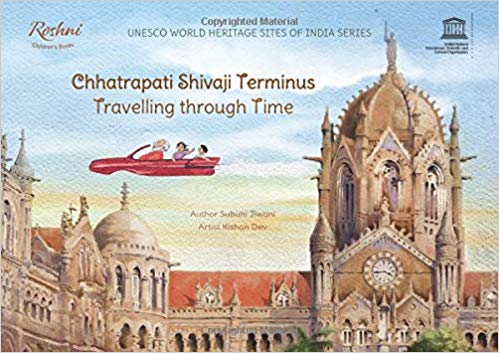
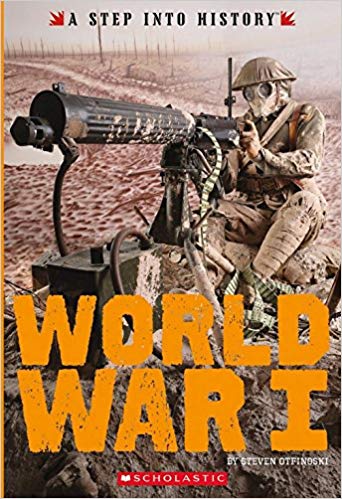
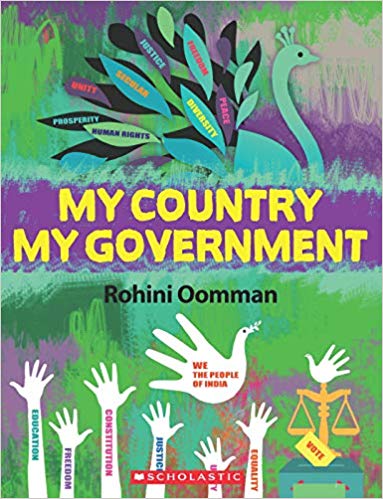
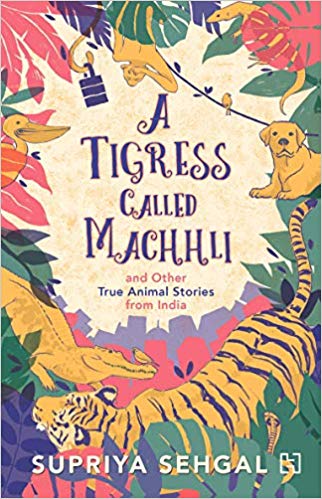
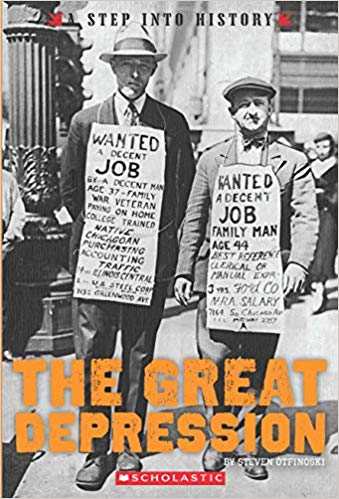
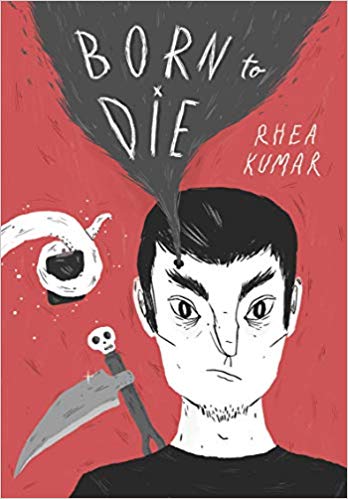

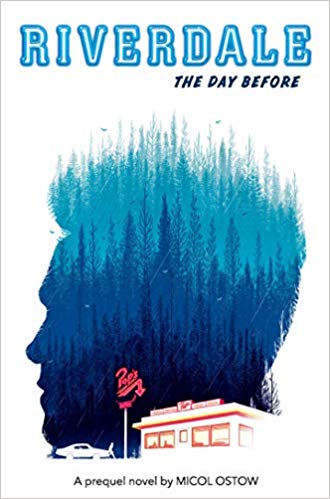
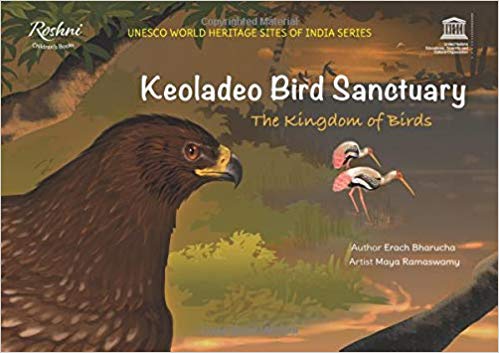
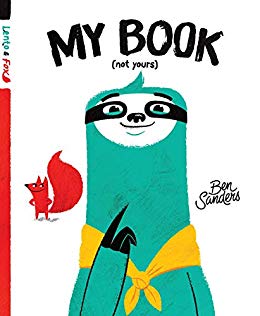
 According to the vision statement, the DSC Prize for South Asian Literature celebrates the rich and varied world of literature of the South Asian region. Authors could belong to this region through birth or be of any ethnicity but the writing should pertain to the South Asian region in terms of content and theme. The prize brings South Asian writing to a new global audience through a celebration of the achievements of South Asian writers, and aims to raise awareness of South Asian culture around the world. This year the award will be announced on 22 January 2015, at the Jaipur Literature Festival, Diggi Palace, Jaipur.
According to the vision statement, the DSC Prize for South Asian Literature celebrates the rich and varied world of literature of the South Asian region. Authors could belong to this region through birth or be of any ethnicity but the writing should pertain to the South Asian region in terms of content and theme. The prize brings South Asian writing to a new global audience through a celebration of the achievements of South Asian writers, and aims to raise awareness of South Asian culture around the world. This year the award will be announced on 22 January 2015, at the Jaipur Literature Festival, Diggi Palace, Jaipur.
The DSC Prize for South Asian Shortlist 2015 consists of:
1. Bilal Tanweer: The Scatter Here is Too Great (Vintage Books/Random House, India)
2 Jhumpa Lahiri: The Lowland (Vintage Books/Random House, India)
3. Kamila Shamsie: A God in Every Stone (Bloomsbury, India)
4. Romesh Gunesekera: Noontide Toll (Hamish Hamilton/Penguin, India)
5. Shamsur Rahman Faruqi: The Mirror of Beauty (Penguin Books, India)
( http://dscprize.com/global/updates/five-novels-make-shortlist-dsc-prize-2015.html )
The jury consists of Keki Daruwala (Chairperson), John Freeman, Maithree Wickramasinghe, Michael Worton and Razi Ahmed.
All the novels shortlisted for the award are unique. They put the spotlight on South Asian writing talent. From debut novelist ( Bilal Tanweer) to seasoned writers ( Jhumpa Lahiri, Romesh Gunesekera and Kamila Shamsie) and one in translation – Shamsur Rahman Faruqui, the shortlist is a good representation of the spectrum of contemporary South Asian literature in English. Three of the five novelists– Jhumpa Lahiri, Romesh Gunesekera and Kamila Shamsie–reside abroad, representing South Asian diaspora yet infusing their stories with a “foreign perspective”, a fascinating aspect of this shortlist. It probably hails the arrival of South Asian fiction on an international literary map. The three novels — The Lowland, Noontide Toll and A God in Every Stone are firmly set in South Asia but with the style and sophistication evident in international fiction, i.e. detailing a story in a very specific region and time, culturally distinct, yet making it familiar to the contemporary reader by dwelling upon subjects that are of immediate socio-political concern. For instance, The Lowland is ostensibly about the Naxalite movement in West Bengal, India and the displacement it causes in families; A God in Every Stone is about an archaeological dig in Peshawar in the period around World War I and Noontide Toll is about the violent civil unrest between the Sinhala and Tamils in Sri Lanka. Yet all three novels are infused with the writers’ preoccupation with war, the immediate impact it has on a society and the transformation it brings about over time. The literary techniques they use to discuss the ideas that dominate such conversations — a straightforward novel (The Lowland), a bunch of interlinked short stories narrated by a driver ( who is at ease in the Tamil and Sinhala quarters, although his identity is never revealed) and the yoking of historical fiction with creation of a myth as evident in Kamila Shamsie’s A God in Every Stone. All three novelists wear their research lightly, yet these novels fall into the category of eminently readable fiction, where every time the story is read something new is discovered.
Bilal Tanweer who won the Shakti Bhatt First Book Prize 2014 for his wonderful novel, The Scatter Here is Too Great. Set in Karachi, it is about the violence faced on a daily basis. (Obviously there is much more to the story too!) Whereas Shamsur Rahman Faruqi’s novel The Mirror of Beauty, translated by him from Urdu into English is primarily about Begum Wazir Khanam with many other scrumptious details about lifestyles, craftspeople, and different parts of India. It is written in a slow, meandering style of old-fashioned historical fiction. The writer has tried to translocate the Urdu style of writing into the English version and he even “transcreated” the story for his English readers—all fascinating experiments in literary technique, so worth being mentioned on a prestigious literary prize shortlist.
Of all the five novels shortlisted for this award, my bet is on Kamila Shamsie winning the prize. Her novel has set the story in Peshawar in the early twentieth century. The preoccupations of the story are also those of present day AfPak, the commemoration of World War I, but also with the status of Muslims, the idea of war, with accurate historical details such as the presence of Indian soldiers in the Brighton hospital, the non-violent struggle for freedom in Peshawar and the massacre at Qissa Khwani Bazaar. But the true coup de grace is the original creation of Myth of Scylax — to be original in creating a myth, but placing it so effectively in the region to make it seem as if it is an age-old myth, passed on from generation to generation.
13 January 2015
 My monthly column in the Hindu Literary Review was published online on 1 November 2014 and in print on 2 November 2014. Here is the url http://www.thehindu.com/books/literary-review/literati-happy-readers/article6555142.ece . I am also c&p the text below.
My monthly column in the Hindu Literary Review was published online on 1 November 2014 and in print on 2 November 2014. Here is the url http://www.thehindu.com/books/literary-review/literati-happy-readers/article6555142.ece . I am also c&p the text below.
A recent article, “The Percy Jackson problem”, argued that Rick Riordan’s rewriting of Greek myths for a contemporary audience is unacceptable since it lures young readers away from the “classics”. The journalist also did not subscribe to the view that kids should be allowed to read whatever they are reading as long as they are reading! Apparently the huge crowds of youngsters (outnumbering the adults) filling synagogues, theatres, and basketball stadiums to attend the interactions with Riordan, a former middle-school English and history teacher — who is currently on a tour to promote the last book in the Olympians series, The Blood of Olympus — was insufficient evidence that children were happy reading. A publishing colleague sent me a furious response to the article saying that it was mean spirited and unfair given that Riordan has touched thousands of kids’ lives in a positive way and reached many reluctant readers.
New generations of readers are crucial for the survival of publishing. While delivering his acceptance speech at the PEN/Pinter Prize 2014, Salman Rushdie said, “I always believed that the book is completed by the reader that out of the intimacy of strangers created by the act of reading emerges the book as it exists for that reader; and that out of that private act of union comes love, the love of literature, of reading, of that particular book …”
The powerful impact an author can have on a reader, even in a large group, was demonstrated at a literary evening that I curated at the Embassy of Ireland. To commemorate the centenary of World War I, three Indian authors were invited to a panel discussion on “Conflict and Literature”, moderated by the ambassador H.E. Feilim McLaughlin. The authors spoke powerfully of their engagement with conflict and how it has influenced their writing. The audience sat in pin-drop silence. Some wept. Most had lumps in their throat. The topics or narrated experiences touched a raw nerve in many, especially those with direct links with Partition, the 1984 riots and communal conflicts.
Of late there has been a growing debate on how the Internet is cutting into the time of readers. It is estimated that, by 2018, 3.9 billion people will be online; many on smartphones. It is not surprising to discover that Adobe has been collecting data about its customers’ reading pattern. Last week, Nielsen announced that it was expanding its ratings to include all kinds of digital content. The writer-reader relationship is evolving rapidly with the growth of technology. People are operating these devices not just to communicate with each other but also to read articles and books online. Consequently word-of-mouth recommendations will only grow. The relatively new ReadMyStori.com “is a platform that helps authors get readers to read, appreciate and popularise their work”. Authors say that at least 40 per cent of downloads are converted into book sales.
As Tim Parks points out in an NYRB article (June 10, 2014), “The conditions in which we read today are not those of 50 or even 30 years ago, and the big question is how contemporary fiction will adapt to these changes, because in the end adapt it will. No art form exists independently of the conditions in which it is enjoyed.”
An excellent example of such a response to the changing reading environment is Samanvay: IHC Indian Languages’ Festival (November 6-11, 2014), comprising 90 speakers and performers in 20 languages and dialects. The theme is “Translations Transnations” with focus on Indian languages that have a transnational presence like Bangla, Bhojpuri, Chhattisgarhi, English, Hindi, Konkani, Malayalam, Punjabi and Sanskrit.
The effect of storytelling sessions and stress on reading books other than textbooks is also evident in the crowds of happy children that attend Bookaroo: Festival of Children’s Literature (IGNCA, New Delhi, November 29-30, 2014). The youngsters can be seen mobbing authors and illustrators, seeking autographs, asking a zillion questions, offering authors manuscripts to read, listening in rapt attention to the writers, participating in workshops and buying piles of book at the temporary bookstore.
This year, 83 speakers such as Jamila Gavin, Natasha Sharma, The Storywallahs, Vivek Menon, Rui Sousa and Prayag Shukla will participate.
These children are accessing e-books and books in print, but it does not matter as long as they are reading!
2 November 2014
 The closer he came to those caves, the more he began to falter. He knew that something took place in the dark, a sexual attack across racial lines. The caves held that kind of power. But it wasn’t simply a question of the action; it was what the action arose from — what it meant. The problem was fundamental. No matter how he tried it, the words sat on top of the deed; they had no soil and no roots. There was something wrong with how he had imagined it, something essentially dishonest and out of balance, and as his narrative crept toward the threshold, the rock refused to open for him. ( p.142)
The closer he came to those caves, the more he began to falter. He knew that something took place in the dark, a sexual attack across racial lines. The caves held that kind of power. But it wasn’t simply a question of the action; it was what the action arose from — what it meant. The problem was fundamental. No matter how he tried it, the words sat on top of the deed; they had no soil and no roots. There was something wrong with how he had imagined it, something essentially dishonest and out of balance, and as his narrative crept toward the threshold, the rock refused to open for him. ( p.142)
E. M. Forster is known for his novels Howards End and A Passage to India. He also left an unfinished novel Arctic Summer. He began writing it in 1909 but it was never published. More than a century later, South African writer, Damon Galgut has written a fictional biography of E. M. Forster. He says, “I have used actual dialogue recorded by Forster ( and others) in letters or diaries, I have sometimes altered the words a little, on the assumption that nobody recalls conversations, even their own, with complete certainty.”
Arctic Summer begins with a journey that Forster makes to India in October 1912. He was following a young Indian whom he had met in England — Syed Ross Masood, associated with the Aligarh Muslim University. The book is a well-researched account of E. M. Forster’s life, his search for love, living under the shadow of his mother even though he was beginning to be recognised as a successful author. Yet the novel is written so gently and with a great deal of sensitivity, it is also difficult to distinguish between the real and imagined worlds, a credit to Damon Galgut’s fine craftsmanship.
A bio-fic is one of the best ways to know a historical period, apart from getting to know the protagonist/figure intimately. It is probably one of the most demanding genres to be dabbling in. The author has to do extensive research to get the facts right, then creatively build a story, suitable for contemporary readers, bordering on historical fiction but focused upon one person ( in this case Forster) to carry the story forward. Prior to Arctic Summer the seminal biography of Forster was written by P. N. Furbank ( whom Damon Galgut met as well). Arctic Summer though accurate about many details of Forster’s life tends to make details public about his homosexual relationships than probably Forster would not want to acknowledge so openly; though many of his close friends knew of these liaisons. Maybe Damon Galgut has the good fortune of being able to write Arctic Summer at a point of time when conversations about same-sex relationships are recognised and being discussed regularly in society, albeit some people continue to view such alliances with hostility, anger and outrage. So to take a respected author such as Forster, to discuss his sexual life as being an inextricable part of his career ( since for love he travelled to India the first time), Damon Galgut has taken on a bold aspect of Forster’s life — homosexuality— and created a fantastic story. It is also appropriate to publish Arctic Summer in 2014 when there is a flood of literature on World War I; this will be top of that heap, probably even on the list of some literary awards.
Damon Galgut Arctic Summer Aleph Book Company, New Delhi, 2014. Hb. pp. 360 Rs. 595
 A God in Every Stone is Kamila Shamsie’s fifth novel. It is set at the time of World War I and before the partition of the Indian sub-continent into India and Pakistan. It is about an Englishwoman archaeologist, Vivian Rose Spencer, and her meeting with her discovery of the Temple of Zeus and Ypres war veteran, twenty-two-year-old Qayyum Gul who is returning home to Peshawar. But the story is much, much more than that.
A God in Every Stone is Kamila Shamsie’s fifth novel. It is set at the time of World War I and before the partition of the Indian sub-continent into India and Pakistan. It is about an Englishwoman archaeologist, Vivian Rose Spencer, and her meeting with her discovery of the Temple of Zeus and Ypres war veteran, twenty-two-year-old Qayyum Gul who is returning home to Peshawar. But the story is much, much more than that.
A God in Every Stone will be classified as “Pakistani Literature”. It may have been written by Kamila Shamsie but it could even work as literature of the subcontinent or South Asian literature, with sufficient sprinkling of historical facts that makes it intriguing and interesting for a global audience. It is so clearly positioned in a time of history that it is sufficiently far removed from the present times for the writer to be able to present, analyse, teach and comment–uninhibited. Placing the story during World War 1 and in undivided India is fascinating. It is a story based on some historical facts like the massacre of Qissa Khawani Bazaar (the Storytellers Market) on 23 April 1930, the Khudai Khidmatgars and of the freedom fighter, Khan Abdul Ghaffar Khan. More importantly I liked the placing of it in a time of history when people of undivided India are shown fighting together against the British. ( In this telling of history/fiction, it is immaterial whether they were Pakistanis or Indians, they are fighting against the colonial rulers.) It is as if the novel is showing a “history from below” much like Subaltern Studies did in academics. For instance giving characters such as Najeeb, the assistant at the Peshawar museum; the soldiers hired by the British to figure in the Great War such as Lance-Naik Qayyum Gul; the young prostitutes–girls of mixed lineage; the storytellers; the letter-writer — are people who would barely have figured in previous fictional narratives.
It is a story set so firmly in the city of Peshawar, but makes the wonderful connect of this region with Greece, the rich history of Peshawar and Gandhara art. The forays into Europe of World War 1, the “betrayal” of Tahsin Bey by Viv, the recuperation of soldiers of Indian origin in Brighton, the VAD etc. Even the subtle transformation of Viv’s mother from being horrified by her daughter dispatched to an archaeological dig in Turkey to encouraging her to make a trip to Peshawar. ( ” The truth was, the war had sloughed off so many rules that no one seemed to know any more what counted as unacceptable behaviour in women.” p.75)
Positioning the story in Peshawar is stunning since much of the problems of early twentieth century such as tribal warfare, being a part of NWFP, Swat valley continue to be relevant in the twenty-first century. What also shines through in the novel is that this region has been alive, settled and of crucial geo-political significance for centuries, something that locals tend to forget or maybe are too absorbed in their daily life. What comes through in the novel is that the locals may be active participants ( willing or unwilling is not the question right now) but local dynamics have a powerful impact on their lives. This is evident through the fascinating badalas that are shared. Of these the one that attracts the most crowd is that of the Haji. Well it could be just a comment of the times but it assumes a different dimension if read with a knowledge of what is happening today in world politics –the Islamisation of Terror.
Even the descriptions of the Gandhara artifacts, the archaeological digs etc criss-cross history marvelously. They bring to play not only the political significance of important regimes of the past such as Darius, the Mauryan empire, Alexander etc but of more recent developments such as what is happening in Afghanistan and the Taliban ( i.e. blasting of the Bamiyan Buddhas). But the inextricable link between culture/cultural expressions and politics. The politicians and kingmakers may no longer be alive but their presence is marked by sculptures, pottery shards, etc that have been left behind or excavated. The connection between Gandhara and non-violence is also striking when one recalls that Ashoka who quit fighting after the battle of Kalinga, became a Buddhist and a staunch believer of non-violence, his first “posting” was at Gandhara. Whereas this novel involves Khan Abdul Ghaffar Khan, who too believed in non-violent forms of action. Centuries apart sharing similar beliefs in the same region.
The flitting between the imagined and real worlds. Creating the myth of circlet of Scylax so convincingly could only have been done by a person who is passionate about Greek mythology and loves research. It meshes beautifully in this story.
A God in Every Stone is exquisite. With this novel Kamila Shamsie has set a very high benchmark for literary fiction–worldwide.
*****
( After reading A God in Every Stone I posed some questions to Kamila Shamsie via e-mail. )
Q1 Have the film rights been sold to this book? Who chose the extract for the Granta special?
No. And I chose the extract.
Q2 How did do you decide upon this story?
I didn’t. I had decided on a very different story which started with the massacre in Qissa Khwani/the Street of Storytellers in 1930 and continues until 2009. But my plans for novels always end up going astray. It did have both archaeology and the anti-colonial resistance in Peshawar as elements right from the start so the germ of the novel was always there but finding the story was a slow winding process which involved lots of deleting and quite a bit of re-writing.
Q3 Where was the research for this book done?
Mostly in the British Library where they keep colonial records – and also have a wonderful photography collection. I also went to some of the novel’s locations in Peshawar. And the Internet is an invaluable tool for research, of course.
Q4 How did the idea of a woman archaeologist, Vivian Rose Spencer, strike you? I wish she had more of a presence in the book.
The idea of an English archaeologist struck me first – originally the archaeologist was going to be male but while reading a piece of travel writing by the Englishwoman Rosita Forbes who was in Peshawar in the 30’s I became interested in the experience of Englishwoman in Peshawar. At that point the structure of the novel was very different and there were more primary characters. I’m pretty sure that, regardless of Rosita Forbes, I would have made the archaeologist female once it became clear that the soldier and archaeologist were the two primary characters. I wasn’t about to write a novel in which both the main characters are male. Male writers do more than enough of that!
As for wanting her to be more of a presence – she has more pages in the novel then anyone else. But her story is more the focus of the first half of the book. The anti-colonial story has to shift it’s focus to the Peshawaris.
Q5 How much history did you delve into? Did the historical research come before the writing or specific research happened after the story took root?
Lots. And lots. I research and write as parallel processes – and the research doesn’t really stop until I’ve finished the book.
Q6 This is literary fiction similar to what Subaltern Studies is in academics–telling the histories from “below”. You made heroes of figures who were considered rebels in “mainstream” narratives. Did this happen consciously?
Whose mainstream?, would be my first response to that.
What I am interested in, which relates to your question, is the stories that have received less attention than other stories. Whether it’s women archaeologists rather than men archaeologists, Indian soldiers in WWI rather than English soldiers, the non-violent Pashtun rather than the one who picks up a gun.
Q7 What is the difference between literary fiction, historical fiction and fiction set in history? Would A God in Every Stone even fit into any of these categories?
It’s not something to which I give any thought when writing a novel. Which category will make people want to read it?
Q8 There are many women characters in your novel, who only serve purpose for that particular moment in the story, no more. Yet their fleeting appearances are powerful, almost like a painting, they leave a deep imprint on one’s mind. For instance the infant bride and the teenage prostitute, are they figments of imagination or based upon sketches that you came across?
I certainly see then serving a purpose beyond a single moment. Everything in a novel has to serve the entire novel. (The infant bride grows up to be a very important part of the novel – she’s the green-eyed woman.) They aren’t based on sketches. I know there were prostitutes in the Old City and I know very young girls were given away in marriage. Beyond that, I worked out the particular stories that best suited my purpose.
Q9 Why did you choose to write about Khan Abdul Ghaffar Khan or “Frontier Gandhi” ?
I grew up barely even hearing his name which is why I wanted to write about him. He’s been written out of Pakistan’s history, except in KP, which is a terrible shame. Also, he was such an important figure in his own right that it seems only correct that we should call him by his own name or honorific – Ghaffar Khan or Bacha Khan – rather than by reference to anyone else, regardless of who that anyone else is.
Q10 Are the badalas yours or recorded?
Mine.
Q11 Have you ever worn a burqa. The confusion that you show the young girl to be in can only come from an experienced moment.
No I haven’t. Novelists imaginations fortunately often thrive quite happily without experienced moments!
Q12 Now that you have British citizenship, how do you see yourself? British-Pakistani writer, Pakistani writer, of South Asian origin?
Pakistani. I’ve only been British for 6 months!
13 April 2014
 One afternoon she finds a copy of Ernest’s tribute to the president.
One afternoon she finds a copy of Ernest’s tribute to the president.
Ernest had greeted the request from Washington with something close to cold fright. For too long, now, he’s been an unhappy writer. To lose his ability to write was to have lost the ability to clear his mind of itself. To write was to come into a wonderful house: a clean well-lighted place where the light fell in large white blocks on the good wooden floors. To write was to be at home, to be able to see well.
The request was for a few handwritten lines for Mr. Kennedy. That week in February Ernest sat in his study, looking with nervousness over the barrel of his stomach. Misery hovered close. She had often wondered why he couldn’t give up on this wretched business. They had enough money from royalties, film options, magzine deals. If he could send off the Paris stories and then put himself to the work of hunting or fishing, he might have a better chance of happiness. But writers and their woes: they couldn’t be parted. Not for anything.
( p.245 Mrs. Hemingway )
Naomi Wood’s second novel, Mrs. Hemingway is about Ernest Heminway’s four wives — Hadley Richardson, Pauline Pfeiffer or “Fife”, Martha Gellhorn and Mary Welsh. The book is divided into four parts: each part focused upon a Mrs Hemingway with Ernest Hemingway a strong presence but not the centre of attention. The story flows smoothly with the structure of each section devoted to the current Mrs Hemingway, their lifestyle — parties, gossip among friends, children, and marks the entry of the next Mrs Hemingway. Each section is imbued with the distinct personality of each wife, whether it is the practical and hardworking Hadley; the comfortable lifestyle that Fife could provide for Hemingway, giving him the leisure to write without any financial worries; a common passion shared by Martha Gellhorn and her husband for journalism, writing and reporting World War II; and finally Mary Welsh, who unlike her immediate predecessor, was happy with her life of a writer’s wife. Unfortunately it fell apart with the sudden death of her husband.
There are details about Hemingway and his wives life that are authentic. The meticulous research shows but only sufficiently to create a rich backdrop to the story, a personal one of within a family, the torment the wives experience with the appearance of another woman in their lives, the ensuing divorce and surprisingly how some of them, like Fife and Hadley, remain good friends. The author was given a three-year doctoral grant by the Arts and Humanities Research Council. She did her research at the JFK Library in Boston, Beinecke Library at Yale University and at the Hemingway heritage homes in Oak Park, Chicago; Key West, Florida; and San Francisco de Paula in Cuba. The best description of this novel would be to call it “bio-fic”, a term coined by David Lodge. In 2014, when there will be deluge of literature being published focused upon the centenary of World War I Mrs. Hemingway sets a high benchmark for fiction set during this period. This group biography maybe “a work of imagination” as asserted by Naomi Wood, but it is so deftly done–it is a pleasure to read.
Naomi Wood Mrs. Hemingway Picador, London, 2014. Pb. pp. 330 Rs. 599
6 March 2014